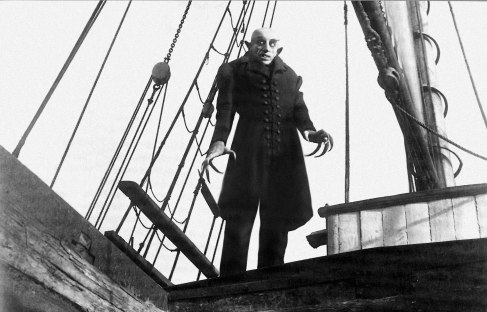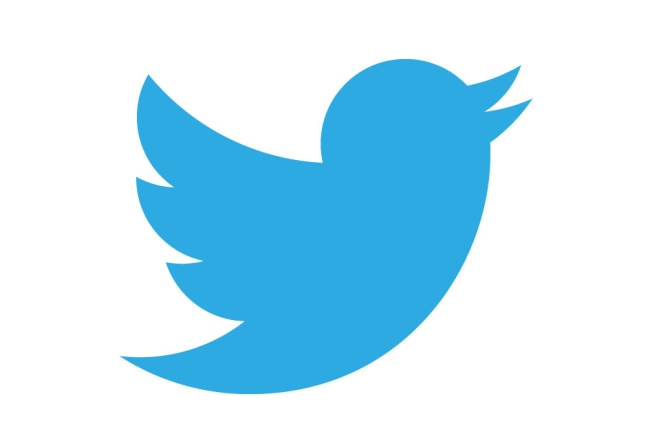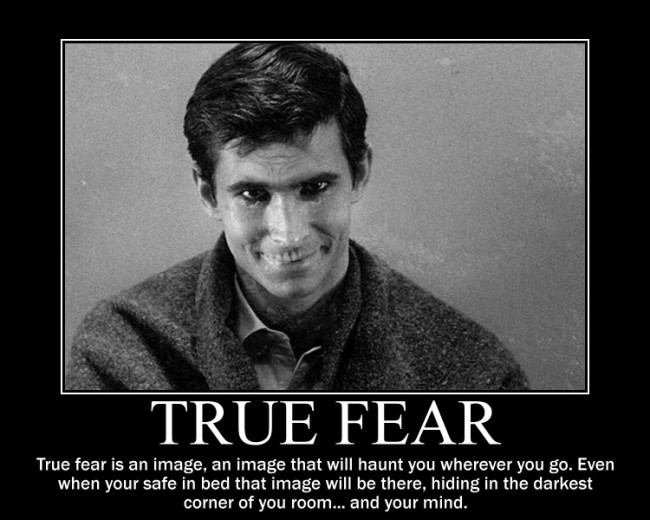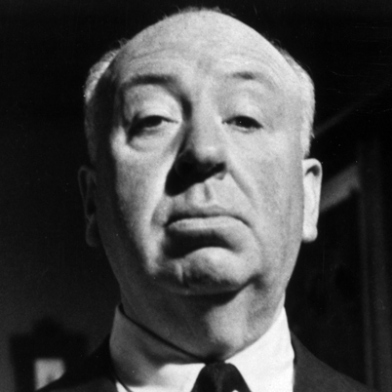
The classic 1922 film by the German filmmaker F. W. Murnau, Nosferatu’s Wikipedia page as been proven to be extremely reliable without being bias opinion. The film is based from Bram Stoker’s book Dracula. For the filmmaker did not want to pay for the rights of the film, the court order to burn every copy of the film, which did not happen for I, myself has seen the film. By reading the ‘Talk’ page, I discovered strong arguments mostly with reliable resources, and those are the ones with reliable sources won the argument. The argument that stood out was for Nosferatu being an anti-Semitism film. This I completely disagree with that argument since Hitler’s torment began much later. Richard Jensen stated in his Wikipedia Fights the War of 1812, “They [the editors] pride themselves in adhering to Wikipedia’s NPOV rule: all articles must reflect a Neutral Point of View, and POV, or bias, is a misdemeanor that is regularly remover” (2012). The article itself provided with highly reliable sources. Also, in the comments most stipulated great sources, especially by one editor in the comment section. He or she displayed a no bias POV while getting his point across with reliable sources.
The article gave exceedingly reliable sources and I believe with no bias opinions in the actual piece. The reference section, also the external links were almost completely from databases. Moreover, Cindy Royal and Deepina Kapila addressed films dating back from 1928 to 2005, and which they deemed more recent films to be more important (2009). Although, they go on to state, “This demonstrates that although recency is an important predictor, some films transcend time and are deemed important for other reasons and thus have a strong share of coverage on Wikipedia” (2009). Nevertheless, Nosferatu’s, especially the ‘talk’ section, proves that people on the Internet care for this dark classic, film and the surrounding facts.
Since Wikipedia is a site open to the public and the capability for anyone to comment on any article relating to changes to that article. In the Wikipedia ‘talk’ page of Nosferatu, there was a heated debate on whether the film was anti-Semitism or not. Most replies to the first who brought up this point called the first commenter a racist, also moronic, and ignorant. This kind of attitude and name-calling does not stand to the standards that Jensen stated above. However, the last comment on this topic does stand to Wikipedia’s standards with providing reliable sources. The references given by the last commenter have three connecting significances, which are an article or book (a piece of work), a creator of the work (being a writer, journalist), and have been published these are found on the Wikipedia website. Along with providing book and online sources, speaking with an unbiased opinion the last comment on this subject proves the first commenter’s statement is false.
In conclusion, in the case of Nosferatu the Wikipedia page was extremely insightly with reliable sources. The article itself proves by being unbiased with the information with support of the sources. Also, the ‘talk’ section validated the references and information in the article in the comments. As José Van Dijick and David Nieborg explain,
“Allegedly, peer production models will replace opaque, top-down business models, yielding to transparent, democratic structures where power is in the shared hands of responsible companies and skilled, qualified users” (2009).
However, I would argue based of the Wikipedia discussion the film was more of a foreshadowing of someone of great power coming and infecting the townspeople. Through his great power many suffered and died for selfish reasons. This is my own conclusion drawn from reading the unbiased article and that one comment that mentioned that history tends to repeat itself.
Other blogs that speak on the same subject of Wikipedia:
http://pm1688.wordpress.com
http://soitgoes5blog.wordpress.com
http://beccabellablog.wordpress.com
References:
Jensen, R. (2012). Military History on the Electronic Frontier: Wikipedia Fights the War of 1812. Journal of Military History. 76, 1. pp 1165-1182.
Royal, C. & Kapila, D. (2009). What’s on Wikipedia, and What’s Not . . . ?: Assessing Completeness of Information. Social Science Computer Review. 27, 1. pp 138-148.
Van Dijk, J. & Nieborg, D. (2009). Wikinomics and its discontents: a critical analysis of Web 2.0 business manifestos. New Media & Society. 11, 5. pp 855-874.
Picture: http://opheliasfiction.files.wordpress.com/2011/05/nosferatu.jpeg





